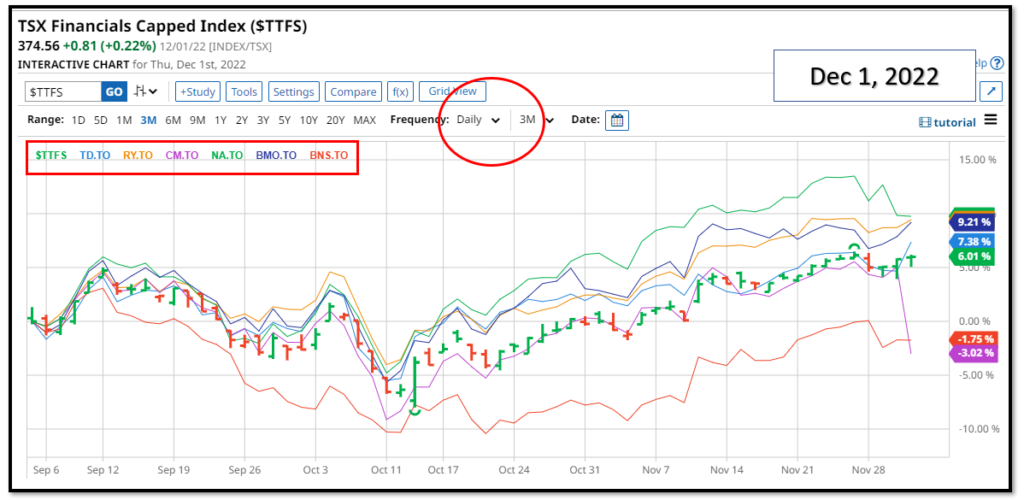Economic Calendar: Dec 5 – Dec 9
Monday December 5
China, Japan and Euro zone services and composite PMI
(8:30 a.m. ET) Canadian building permits for October. Estimate is an increase of 5.0 per cent month-over-month.
(10 a.m. ET) U.S. factory orders for October. The Street is forecasting a month-over-month increase of 0.7 per cent.
(10 a.m. ET) U.S. ISM services PMI for November.
==
Tuesday December 6
China foreign reserves and trade surplus
Japan household spending
Germany factory orders
(8:30 a.m. ET) Canada’s merchandise trade balance for October.
(8:30 a.m. ET) U.S. goods and services trade balance for October.
(10 a.m. ET) Canadian Ivey PMI for November.
Earnings include: AutoZone Inc.; Evertz Technologies Ltd.; Ferguson PLC
==
Wednesday December 7
Euro zone GDP
Germany industrial production
(8:30 a.m. ET) U.S. productivity for Q3. The Street expects an annualized rate rise of 0.3 per cent with unit labour costs increasing 3.2 per cent.
(10 a.m. ET) Bank of Canada policy announcement.
(3 p.m. ET) U.S. consumer credit for October.
Earnings include: Brown Forman; Campbell Soup Co.; Descartes Systems Group Inc.; Dollarama Inc.; North West Co. Inc.; Snowflake Inc.
==
Thursday December 8
Japan GDP, current account balance and bank lending
(8:30 a.m. ET) U.S. initial jobless claims for week of Dec. 3. Estimate is 230,000, up 5,000 from the previous week.
(12:30 p.m. ET) Bank of Canada Deputy Governor Sharon Kozicki delivers the Economic Progress Report in Montreal.
(10 a.m. ET) U.S. quarterly services survey for Q3.
Also: Quebec’s fiscal update
Earnings include: Broadcom Inc.; Chewy Inc.; Costco Wholesale Corp.; Lululemon Athletica Inc.
==
Friday December 9
China CPI, PPI, aggregate yuan financing, new loans and money supply
(8:30 a.m. ET) Canadian capacity utilization for Q3.
(8:30 a.m. ET) U.S. PPI for November. Consensus is a increase of 0.2 per cent from October and up 7.2 per cent year-over-year.
(10 a.m. ET) U.S. wholesale trade for October.
(10 a.m. ET) U.S. University of Michigan Consumer Sentiment Index for December (preliminary reading).
Earnings include: Laurentian Bank of Canada
